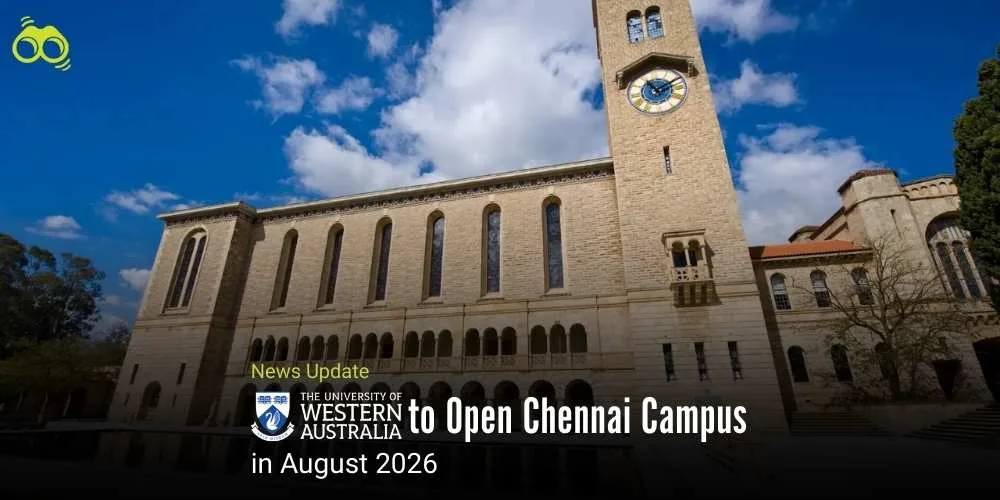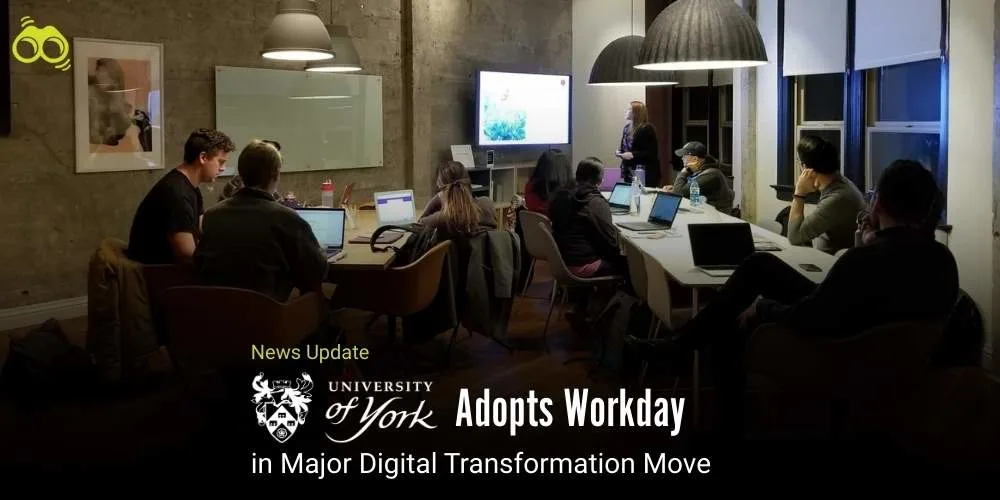From Education to Employment: How Robotics is Shaping Australia’s Future Workforce
Building a Future in Robotics: Why Australia is the Best Place for Students to Innovate
The Australian robotics industry is experiencing remarkable growth, projected to expand from USD 1.5 billion in 2024 to USD 6.7 billion by 2033, with a compound annual growth rate (CAGR) of 16.20% from 2025 to 2033. This growth is being driven by rapid advancements in artificial intelligence (AI), machine learning, and automation, which are transforming key sectors such as agriculture, manufacturing, healthcare, and logistics.
In agriculture, robots like SwagBot are revolutionising livestock management by addressing overgrazing and soil degradation. At the same time, the manufacturing sector is embracing collaborative robots that work alongside human workers to improve workplace safety and precision. Similarly, in healthcare, robotic-assisted surgical procedures and rehabilitation equipment are enhancing patient outcomes and improving operational efficiency.
The retail and logistics industries are also adopting autonomous mobile robots (AMRs) to optimise warehouse operations and improve customer experiences. Meanwhile, Australia’s defence sector is integrating autonomous systems to strengthen national security, and the consumer market is expanding with home automation and service robots that improve convenience in everyday life. Educational institutions are contributing to this growth by incorporating robotics into their curricula, equipping students with the skills needed to navigate a future shaped by automation and AI. These efforts are opening new pathways for students to pursue careers in robotics, providing hands-on experience and preparing them for a dynamic and evolving job market.
Moreover, these advancements are supported by a national focus on technological progress and economic diversification. Government initiatives, such as the National Robotics Strategy, aim to establish Australia as a global leader in robotics research and application. Investment in research and development is playing a key role, with Australian universities gaining international recognition for their contributions to robotics innovation. The agricultural sector is also benefiting from precision farming techniques, which are helping to address labour shortages and improve sustainability.
In addition to these sector-specific developments, the integration of emerging technologies such as the Internet of Things (IoT) and big data analytics is creating further opportunities for innovation and productivity across industries. These trends collectively underscore the diverse and dynamic nature of Australia’s robotics market, positioning it for long-term global competitiveness. A recent market report provides a detailed analysis of the Australian robotics sector, offering historical data from 2019 to 2024 and forecasts from 2025 to 2033. The report categorises robotics products into types such as articulated, Cartesian, SCARA, cylindrical, and others within the industrial segment. It also classifies robotics services into personal, domestic, and professional categories.
Applications of robotics are widespread, encompassing household, entertainment, defence, field, logistics, healthcare, infrastructure, mobile platforms, and cleaning. Business models in the market include freemium, paid, free, and paymium structures. Additionally, the report presents regional insights, covering all Australian states and territories, and provides a comprehensive competitive landscape analysis that evaluates market structure, key players, strategic approaches, and a company evaluation quadrant. Australia’s robotics industry is evolving rapidly, offering robust opportunities for innovation, industry transformation, and future workforce development.
Editor's Note:
Australia’s robotics industry is booming, and for students looking to build careers in automation, artificial intelligence, or engineering, this presents an incredible opportunity. The nation’s commitment to innovation, alongside its expanding robotics market, means that those aspiring to work or study in Australia can position themselves at the forefront of a technological revolution. Universities in Australia are aligning with industry advancements by incorporating robotics into their curricula and offering practical training, equipping students with both theoretical and hands-on skills. For international students, this growth represents a valuable opportunity, as robotics is transforming sectors like agriculture, healthcare, manufacturing, logistics, and defence, offering a wide scope for impactful careers. Beyond academia, Australia’s strong governmental support for robotics through initiatives like the National Robotics Strategy means students entering the workforce will be stepping into an environment that actively fosters technological progress. Paired with investments in research and development, this growth is not a short-lived trend, it’s a lasting evolution shaping Australia’s economic landscape.
Skoobuzz encourages those students who are passionate about automation, artificial intelligence, or engineering, now is the time to consider Australia as a launchpad for an exciting and high-impact career. The robotics industry isn’t just evolving, it’s thriving, and students who take advantage of this wave of innovation will find themselves leading the next generation of technological breakthroughs.














0 Comments (Please Login To Continue)